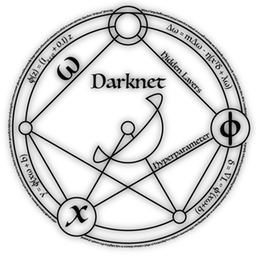
Darknet
Darknet is an open source neural network framework written in C and CUDA. It is fast, easy to install, and supports CPU and GPU computation.
For more information see the Darknet project website.
For questions or issues please use the Google Group.
Darknet-vis
Why does visualization matters?
Typically, if you follow the instruction on the YOLO homepage, execute
./darknet detector test cfg/coco.data cfg/yolo.cfg yolo.weights data/dog.jpgyou get the prediction results:

That looks good, however it doesn't reveal the detector's whole ability due to its fixed confidence threshold which is 0.6 by default.
If you use darknet-vis, besides the results image, it also generates objectness visualization and classes visualization.


Note that each grid cell corresponds to a unique position on the final feature map. In other words, it represents receptive field. As you can see, the YOLOv2 model also detect the trash bin at the right-top corner and the motorbike at the left-top corner with very low confidence. After decrease the threshold to 0.1, the new objectness visualization reveals more details as following

The trash bin is recognized as a person! Moreover, for small objects or some objects with special aspect ratio, the predicted center of object has a remarkable shift. All of these help you understand your YOLO model better, especially why it gets very low AP score for small objects detection.
How to use?
Replacing Darknet with Darknet-vis is effortless, you just need to add visualization=1 in net entry of the cfg file. For example, my config in yolo.cfg
Python API
I wirte a more handy Darknet API wrapper. You can find the example at darknet.py. Note that Darknet.detect_v() is for this customized visualization.